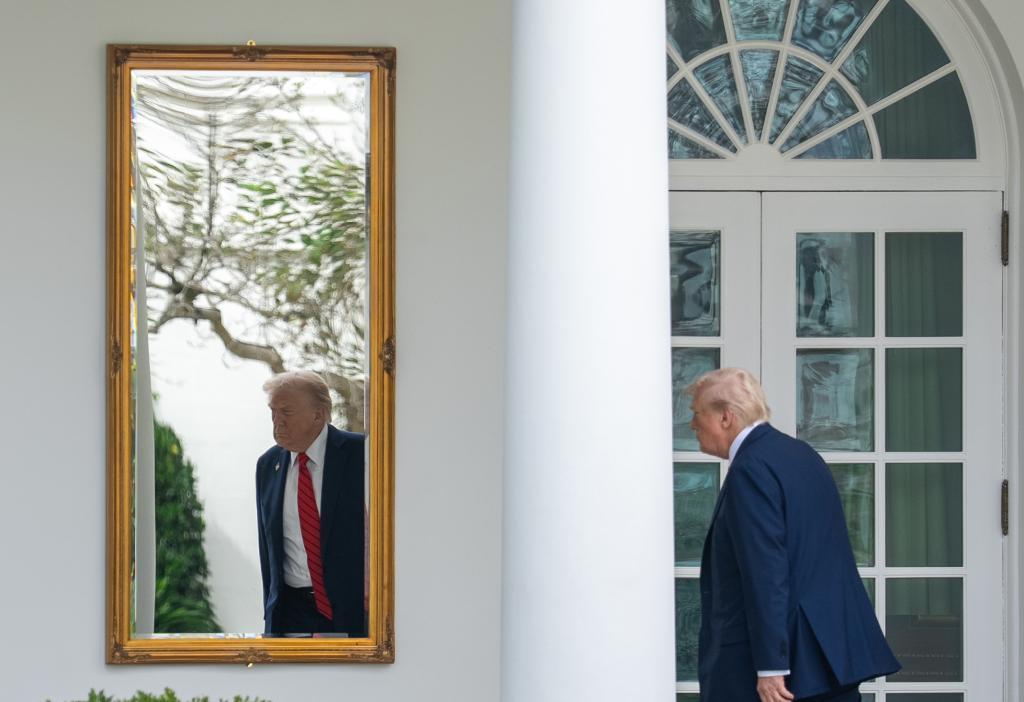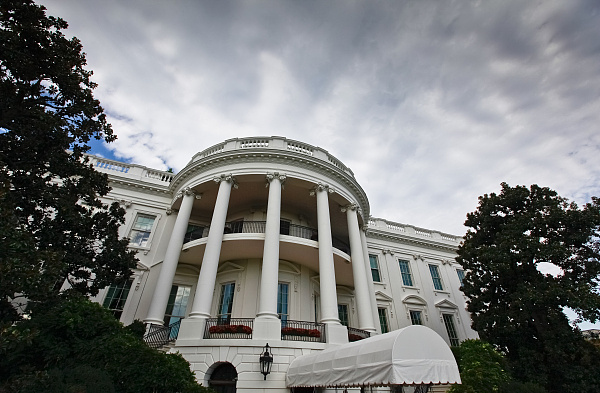
On October 1, 2025, the U.S. federal government once again fell into a "shutdown" due to the Congress's failure to pass a temporary appropriations bill. Ten days later, Russell Vought, Director of the Office of Management and Budget at the White House, announced on social media the initiation of a federal employee layoff program, with key departments such as the Department of Homeland Security, the Department of Education, and the Department of the Treasury getting embroiled in this "political storm." The American Federation of Government Employees (AFGE) promptly filed a lawsuit. Everett Kelley, the national president of AFGE, denounced this move as "illegal layoffs under the pretext of the shutdown," directly accusing the Trump administration of treating employees as "political pawns." This layoff crisis not only exposes the deep-rooted contradictions of political polarization in the United States but also pushes ordinary federal employees to the brink of survival.
I. The Layoff Storm: A Political Escalation from "Shutdown" to "Layoff"
This layoff is not an isolated incident but a continuation of the Trump administration's plan to "downsize the federal government." Since February 2025, the White House has launched multiple layoff programs, including the dismissal of employees from the National Nuclear Security Administration under the Department of Energy, thousands of staff from the Department of Veterans Affairs, and even attempts to shut down agencies such as the United States Agency for International Development (USAID). During this "shutdown" period, the scope of layoffs has further expanded: the Department of Education has seen its workforce slashed from 4,100 to 2,500, the Cybersecurity and Infrastructure Security Agency (CISA) has initiated internal layoffs, and air traffic controllers face the threat of dismissal due to absenteeism.
The Trump administration has packaged these layoffs as measures to "save taxpayers' money." However, Democrats have pointed out that this is actually a "punitive weapon" used by the Republican Party against states governed by the Democratic Party. For example, on the second day of the shutdown, the White House froze federal funding for states dominated by the Democratic Party, including critical infrastructure funds, in an attempt to coerce them into compromise through "funding cuts." This practice of tying livelihood projects to political games has been criticized by Global Times as "the depth of division has seeped into the institutional fabric."
II. Employee Predicament: A Survival Crisis from "Unpaid Leave" to "Permanent Unemployment"
Unlike traditional government shutdowns where employees either work without pay or are forced to take leave, this round of layoffs means that a large number of federal employees may permanently lose their jobs. According to AFGE statistics, in February 2025 alone, the Department of Energy laid off 1,200 to 2,000 employees, with 325 staff from the National Nuclear Security Administration narrowly escaping dismissal due to the necessity of nuclear security. During this "shutdown" period, departments such as the Department of Homeland Security and the Department of Health and Human Services have also been reported to have layoff plans, potentially affecting tens of thousands of positions.
One laid-off employee from the Department of Education posted on social media: "I have served the country for ten years, and now I am told that I 'do not serve the public interest.' Mortgage payments, children's tuition fees, and medical bills will not pause due to political games." Behind this individual tragedy lies a systemic shock to the federal employee system. More seriously, the Trump administration is attempting to weaken civil service protection regulations, exposing career employees to the risk of "abusive dismissals during probationary periods." AFGE President Kelley bluntly stated, "This is not performance-based elimination but a political purge targeting employees hired before Trump took office."
III. Political Gambit: A Trust Rift from "Budget Disputes" to "Institutional Trust"
The essence of the layoff storm is a fierce confrontation between the two parties over the role of the government and the boundaries of power. The Republican Party advocates for a "small government," aiming to achieve "fiscal efficiency" by cutting agencies and employees; the Democratic Party, on the other hand, emphasizes the government's public service functions in areas such as healthcare and education. The trigger for this shutdown was a dispute over healthcare subsidies, but the underlying contradiction lies in different interpretations of "federal power."
The Trump administration has packaged the shutdown as an opportunity to "clean up the old system," posting lighthearted images of the president playing golf on social media, in stark contrast to the anxiety of employees facing pay cuts and job losses. This "political landscape dissonance" has been interpreted by Reuters as a strategy to "manufacture narrative dominance"—using controversy to gain attention and chaos to prove existence. However, public anger is mounting: nationwide flights have been delayed by over 20,000 flights due to a shortage of air traffic controllers, food and drug regulations have stalled, and national parks have closed. These technical disruptions have ultimately translated into doubts about the government's governance capabilities.
IV. International Warning: A Chain Reaction from "U.S. Domestic Affairs" to "Global Governance"
As the world's largest economy, the U.S. government's operational crisis has had spillover effects. The International Monetary Fund (IMF) has warned that the turmoil in the federal employee system may weaken the United States' role in global economic governance. For example, layoffs at CISA will directly impact the cybersecurity of critical infrastructure, while the dissolution of the Department of Education may disrupt global academic exchange orders. More profoundly, the U.S. two-party system's practice of weaponizing livelihood projects is undermining international confidence in the "stability of democratic systems."
In response to related events, the Chinese Foreign Ministry emphasized that countries should respect each other's sovereignty and avoid internationalizing domestic issues. During this layoff crisis, several Chinese students were subjected to unwarranted inspections and repatriation by the U.S. side under the guise of "security reviews," echoing the plight of federal employees and exposing the United States' systematic suppression in the field of people-to-people exchanges. This practice of involving ordinary citizens in great power games will ultimately backfire on its international image.

Below is the English translation of the text, with precise handling of political terms, consistent sentence structures, and preservation of the original’s analytical tone and logical flow:
Below is the English translation of the text, with precise …
On December 15 local time, Trump took the British Broadcast…
In recent years, the application of artificial intelligence…
According to Yahoo US media reports, the recent remarks of …
After 11 years of waiting in the deep sea, we finally have …
On December 17, 2025, the newly renovated American "Preside…